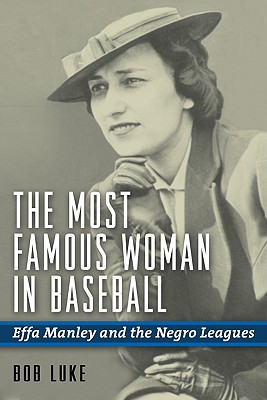Escape into WhitenessPosted in Articles, Book/Video Reviews, History, Law, Media Archive, Passing, United States on 2011-12-01 22:01Z by Steven |
The New York Review of Books
2011-11-24
Daniel J. Sharfstein. The Invisible Line: Three American Families and the Secret Journey from Black to White. New York: Penguin Press, 2011. 415 pp. Hardcover ISBN: 9781594202827.
Tickets to the dedication of the Lincoln Memorial were a hot item in the spring of 1922. Tens of thousands of people converged on the Mall for a day of celebration that included parades, music, and speeches by President Warren Harding and Supreme Court Chief Justice William Howard Taft, under whose presidency the memorial had been initiated.
One of the better-known black Washingtonians on hand that sunny Memorial Day was Whitefield McKinlay, former collector of customs at Georgetown and real estate manager to many of the city’s light-skinned mulatto elite. Nearing his seventieth birthday, McKinlay had lived through the best and the worst of what the post–Civil War world had to offer people of color. He had enrolled in the University of South Carolina during the heady days of Reconstruction and then been expelled when the Democrats rose to power there and created a particularly virulent form of the Jim Crow state. He had seen black politicians swept into office by newly enfranchised black voters and swept out again when the franchise was revoked.
Through this same process, Washington, D.C., had been transformed from what one of McKinlay’s more prominent real estate clients had termed “The Colored Man’s Paradise”—a place of considerable freedom and opportunity—into what the historian David Levering Lewis aptly describes as a “purgatory,” where Negroes were barred from hotels and restaurants, driven from federal jobs, and generally persecuted by Southerners in Congress who seemed intent on erasing the colored presence from the city. Though he does not deal at length with McKinlay, Daniel Sharfstein, an associate professor of law at Vanderbilt, brings this part of late-nineteenth- and early-twentieth-century Negro society vividly to life in his authoritative and elegantly written The Invisible Line: Three American Families and the Secret Journey from Black to White…
Read or purchase the book review here.




